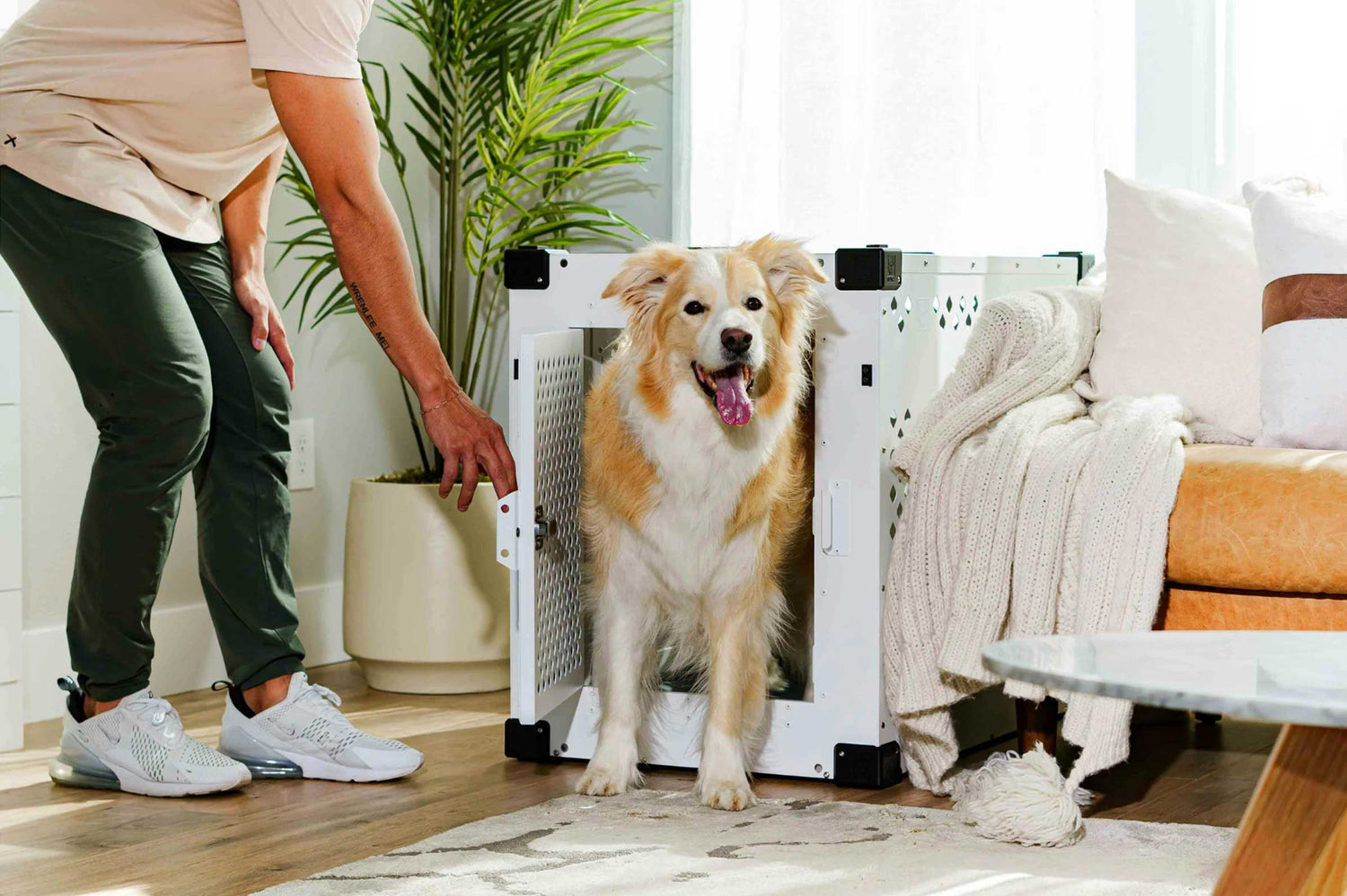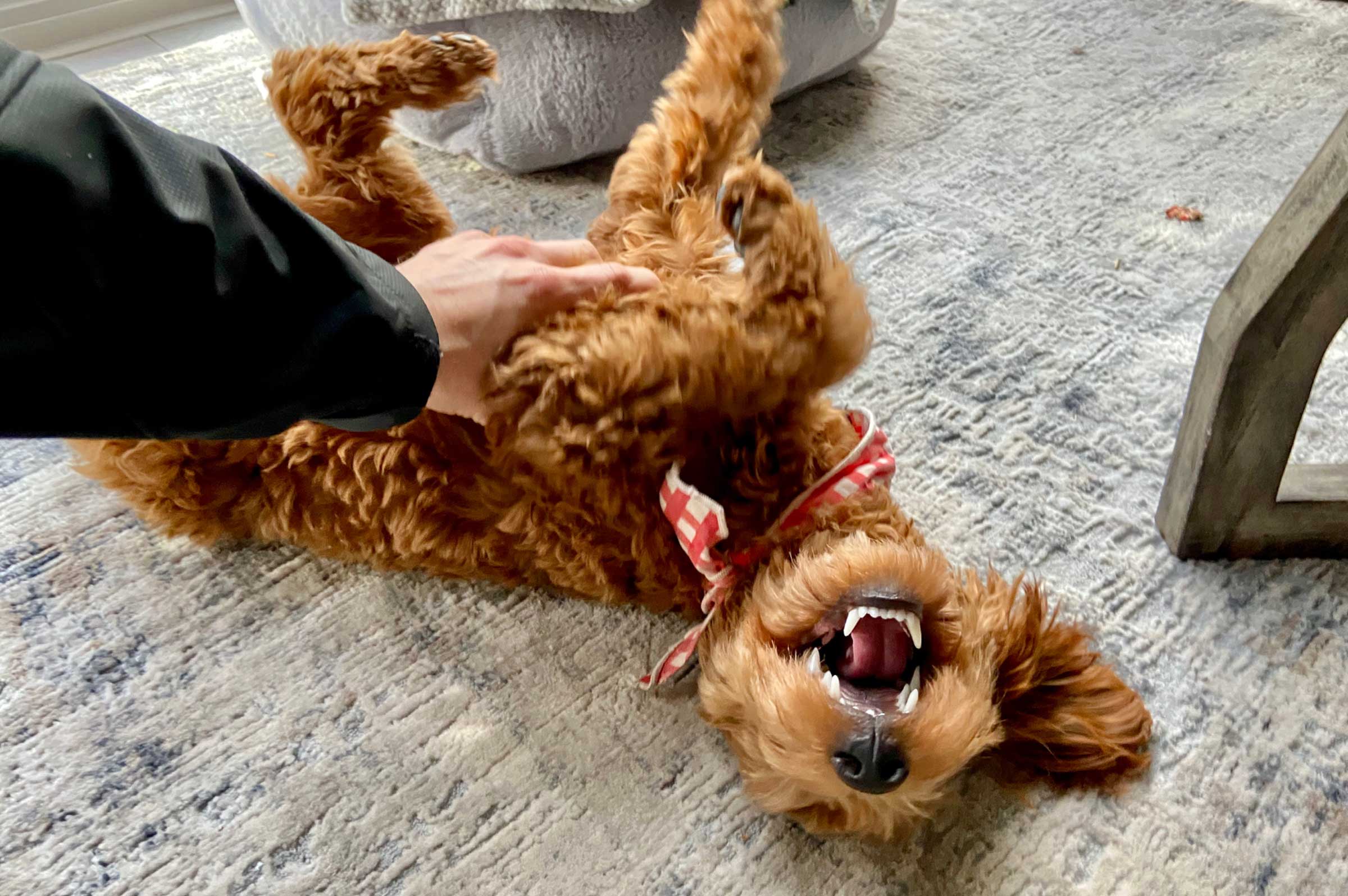Crate training is a topic that sparks a wide range of opinions among pet owners. For many, the idea of using a crate for their dog raises questions about its purpose and impact. However, when done correctly, crate training can be a helpful tool that benefits both dogs and their families.
It provides a sense of security, encourages positive behaviors, and simplifies daily routines. To ensure success, it's important to understand the benefits, follow proven tips, and avoid common pitfalls. By exploring these aspects, you can decide whether crate training is the right choice for your dog.
The Benefits of Crate Training for Dogs
Crates offer dogs a safe, comfortable space that mimics a den, where they can relax and recharge. This sense of security can reduce anxiety, especially in new or overwhelming environments. Research shows that, for puppies, crates serve as an essential tool in housetraining by reinforcing bladder and bowel control.
Additionally, crate training simplifies travel and veterinary visits. A dog accustomed to a crate is less likely to feel stressed when transported or kept in a confined space temporarily. This familiarity also helps when guests visit or during household disruptions, as the crate becomes a refuge where your dog feels secure.
Establishing a Positive Crate Experience
Introducing the crate gradually is key to a positive experience. Begin by placing it in a central area of your home where your dog can feel included. Encourage exploration by leaving the door open and placing treats or toys inside. Allow your dog to investigate at their own pace.
Using a comfortable crate pad or blanket helps create a cozy environment. Always associate the crate with positive experiences, such as feeding your dog inside it or giving praise and affection when they enter voluntarily. Patience and consistency are essential to helping your dog view the crate as a pleasant retreat.
Mistakes to Avoid During Crate Training
One common mistake is using the crate as a punishment. Dogs should view their crate as a safe space, not a place to fear or associate with negative experiences. Overusing the crate or leaving a dog inside for extended periods can lead to frustration and behavioral issues.
Choosing the wrong size crate can also hinder progress. A crate should be large enough for your dog to stand, turn around, and lie down comfortably but not so spacious that it encourages accidents in one corner. Selecting the appropriate size ensures your dog feels secure while promoting positive habits.
Tips for Crate Training Success
Consistency is a cornerstone of successful crate training. Establishing a routine helps your dog adapt more quickly. Make crate time part of their daily schedule, whether it's for naps, quiet time, or nighttime sleep. This consistency builds trust and reinforces positive behavior.
It's also helpful to incorporate mental stimulation during crate time. Providing puzzle toys or chew items can keep your dog engaged and prevent boredom. Over time, these activities will create a positive association with the crate, making it an enjoyable and enriching experience.
When to Stop Crate Training or Adjust the Routine
As your dog becomes comfortable with the crate, you may notice they begin seeking it out on their own. At this stage, the crate can remain available as an optional resting spot rather than a required space. For some dogs, this natural transition happens gradually, while others may continue to prefer the security of the crate for longer.
There may also be situations where crate training adjustments are necessary, such as changes in your dog's behavior, age, or health. Being attentive to their needs ensures the crate remains a positive and helpful tool throughout their life.
Final Thoughts
Crate training, when approached thoughtfully, can be a valuable part of raising a happy, well-adjusted dog. It offers benefits that extend to both the pet and their owner by fostering comfort, security, and routine.
By avoiding common mistakes and focusing on positive reinforcement, you can make the experience rewarding and stress-free. To support your dog's overall well-being during the training process, consider VetSmart Formulas supplements, designed to promote health and happiness for your furry companion.











